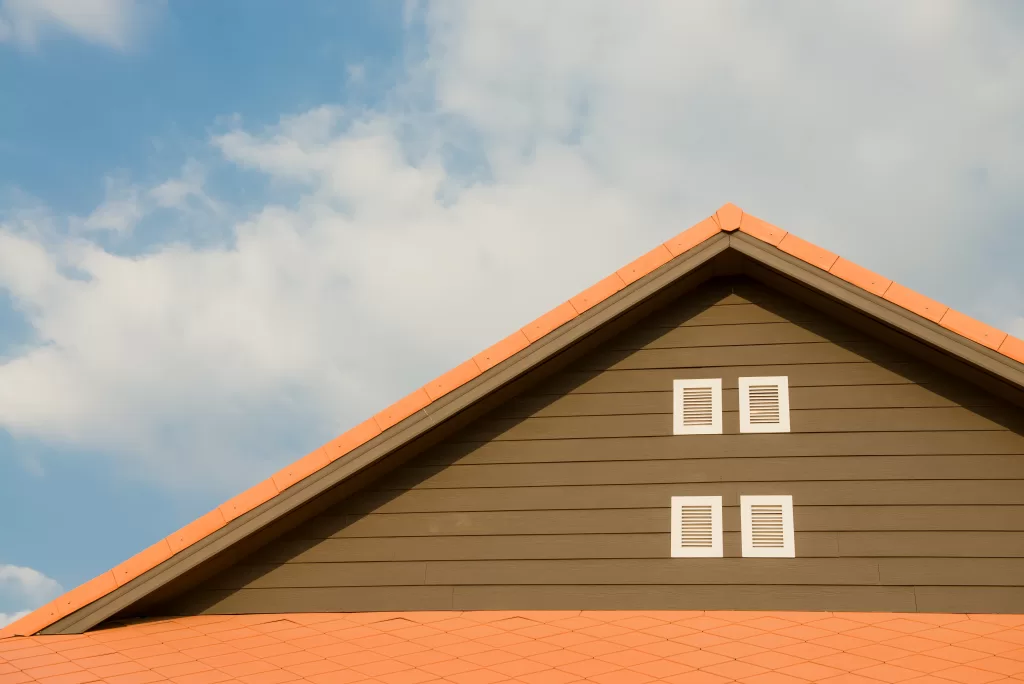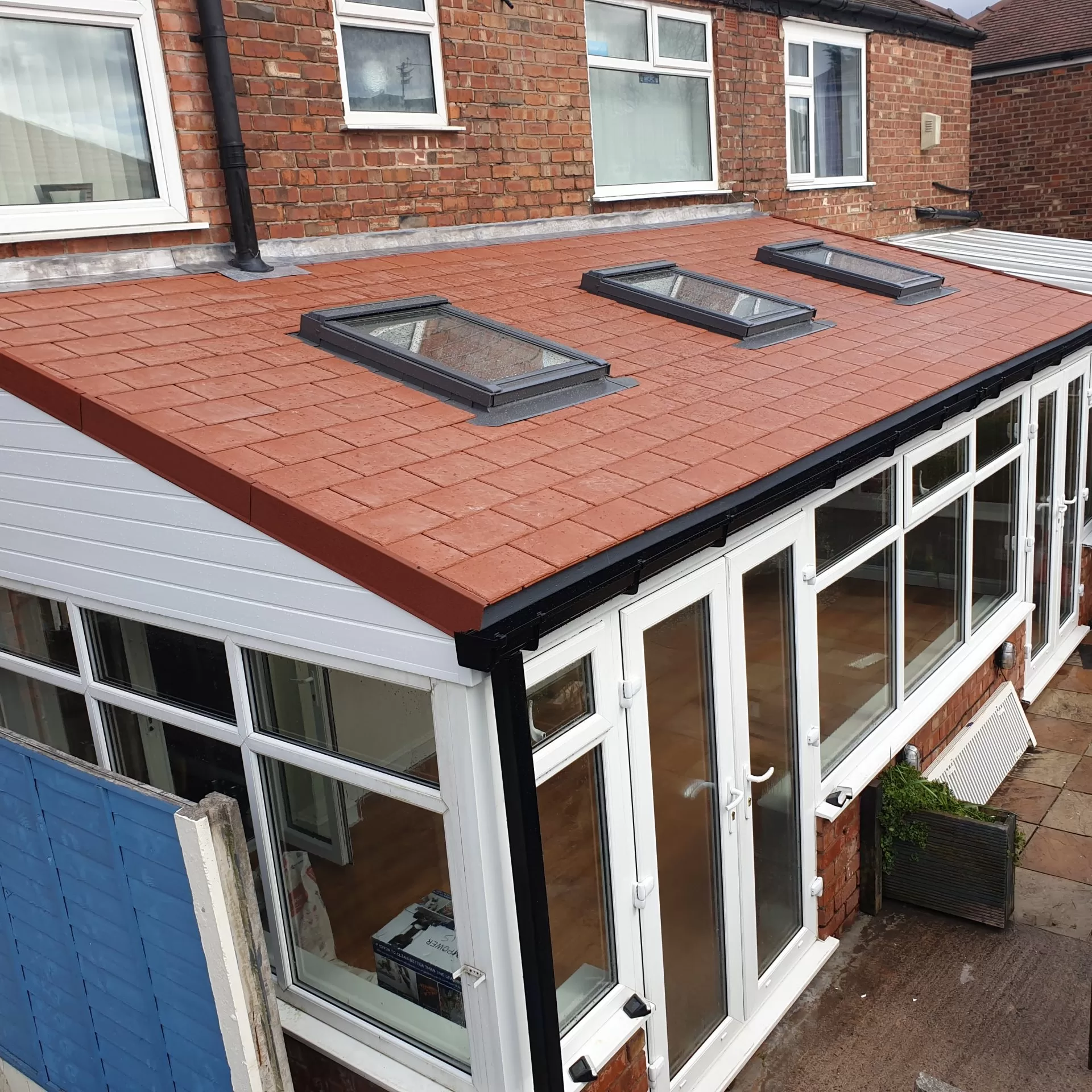
After a certain point, all homeowners realize that their homes start showing signs of wear and tear. This is particularly noticeable on rooftops since this region of your home is directly exposed to strong winds, harsh sunlight and gets showered with heavy rain.
But the question arises, when do you know your roof needs to get replaced, and how can you identify the extent of the damage? Roof repair can be costly. Hence, the last thing you would want is to get involved in unexpected and expensive repairs. Therefore, to make your life easier and to detect problems early on, here’s a list of signs that point toward a faulty roof.
- A Leaking Roof
If you observe streaks of water coming down from above, it means your roof has apparent damage. There are many reasons why the roof may be dripping. In some cases, you may be dealing with loose shingles or cracked pipes. Similarly, there may be water seepage in the ceiling. The only way you will know is after you inspect the roof’s condition. Although you can do this independently, it’s best to have a professional examine the situation for you.
Expert contractors and renovation specialists know what to look for and can quickly identify the source of your calamity. Every roofing material has a certain lifespan that can inform the contractor of the cause of the leak. Therefore opt for professional services like NDA Construction roofing solutions to know your roof is in safe hands.
- Formation of Moss and Algae
Moss is a type of vegetation that grows in damp places. These rootless plants spread over any wet surface, concealing it entirely. Likewise, algae is another type of vegetation that grows parallel to moss. Leaving these plants unattended gradually will cause gaps in your roof that can lead to a leak. Soon, you may see visible rotting followed by mold on your rooftop.
Therefore, if you spot growing vegetation, look into clearing the area. If the foliage only covers the surface of your rooftop, a simple scrubbing followed by a soft wash will eliminate them. But if you notice that the plants have sunk into the concrete, you’ll need to dig in deeper and remove them from between the slabs.
However, in the case of mold formation, you’ll need to get your roof replaced. Unlike algae and moss, this fungus is highly toxic to your health and can trigger numerous respiratory conditions. You need professional gear and tools to remove them to eradicate the spores. If you attempt to do this on your own, there’s a chance you may cause the mold to spread, which can contaminate your home.
- Missing Roof Shingles
Roof shingles can get weak with time. Eventually, these shingles may break and leave significant gaps on your roof. Most homeowners have shingles made of asphalt. These are prone to damage and may show signs of curling and cracking. Once the asphalt starts swaying and moving, you should know they are about to break. Extensive curling and cracks indicate that your roof is about to give up, and you may need to get it replaced. For this reason, you should start working on your roof the moment you see minute cracks, instead of letting them persist.
- A Sagging Rooftop
Structurally, roofs are designed to be straight. If there is a visible dent, this indicates that the roof may be sagging. Exposure to frequent moisture and a vast amount of water is the primary cause of roof sagging. Simultaneously, your roof may struggle with this structural damage because of faulty roof material, improper shingle installation, and frequent seasonal changes. The ideal way to get rid of sagging is to ensure that your roof stays clear of rainwater. When renovating this region, use high-quality material and ask an expert to appropriately install the shingles, leaving no gaps in between.
- Damaged Flashing
Flashing is a type of substance that is placed around protruding objects like chimneys and roof vents. The purpose of this material is to avert water away from these surfaces and allow it to drain correctly. Consequently, flashing is made of impenetrable water ingredients like aluminum or galvanized steel.
However, over time, flashing is susceptible to damage as the caulking material under it begins to dry due to weathering and oxidation. If the flashing becomes loose, you may experience flooding, water seepage, and leakage within your walls. The damp walls also invite mold and mildew to grow, which may cause rot. There is no other way to repair damaged flashing apart from replacing the entire roof and applying fresh caulking under the material.
- Presence of Granules in the Gutters
While cleaning the gutters, inspect for sand-like granules and debris in the water. These granules result from the deterioration of asphalt shingles. So, if you notice many granules in the roof gutters, you may be dealing with a crumbling asphalt shingle. This occurs because the protective coating on the asphalt gradually tends to break down due to long-term usage and moisture.
For this reason, when you notice granules in the gutter, you should look into replacing the proactive coating on the asphalt shingles. This layer is necessary as it saves your roof from penetrating UV rays, offers a modicum of fire resistance, and keeps the roof’s color from fading. As the sand-like granules trickle down from the shingles, you may also notice dents, depressions, and loose boards, which blow away effortlessly.
Final Thoughts
Houses require extensive maintenance, especially the rooftop. Roofs experience many changes and abrasive weather patterns that can affect their structure. Ultimately, this causes the formation of cracks and external damages that need to get addressed immediately. However, before you whip out your tools, you must identify the kind of predicament you’re dealing with and repair it accordingly. So, if you notice visible streaks of water flowing down your roof or vegetation and fungi growing along the ridges, you must remedy these situations immediately.
Likewise, if the shingles on your roof look worn, loose, or have wholly left your rooftop, you need to replace them to prevent further destruction. Other signs include damaged flashing, soft dents in the middle of your roof, water seepage, and granules in the gutter. In general, anytime your roof looks aged, damaged, and has cracks, you must fix it immediately and save yourself from a costly renovation.
This is a sponsored post, which brings you home advice direct from professionals. Find more inspiration below:



Bathroom Bedroom Decor Inspo DIY and renovation Garden Hallway Interior Trends Kitchen Living Room Uncategorized
